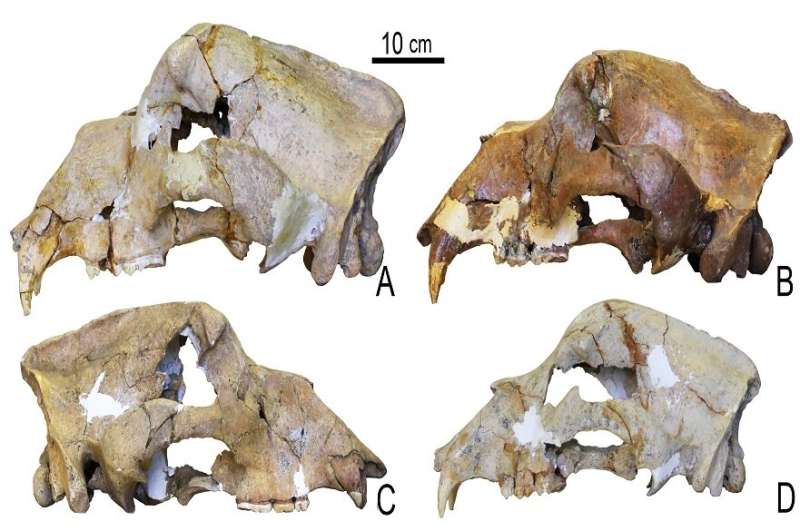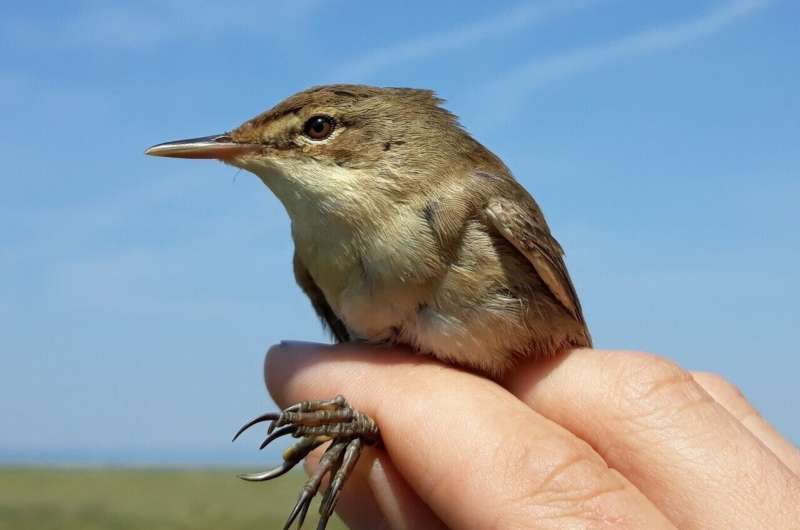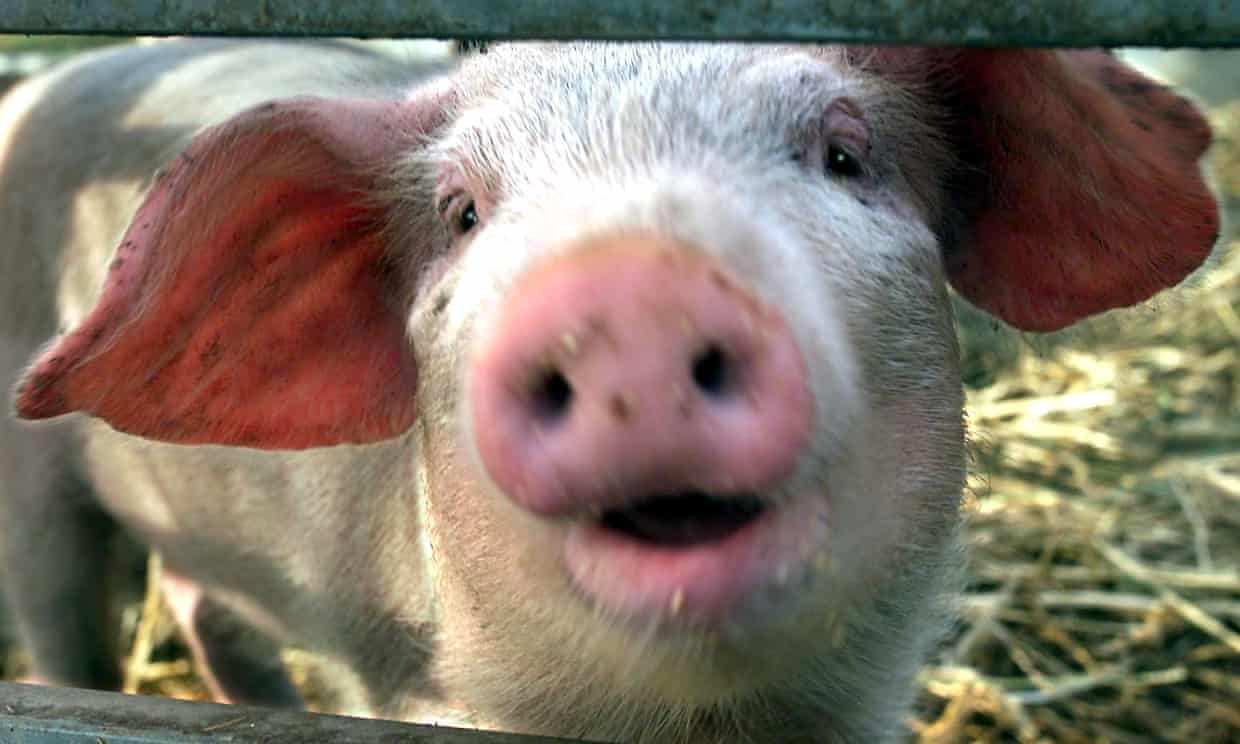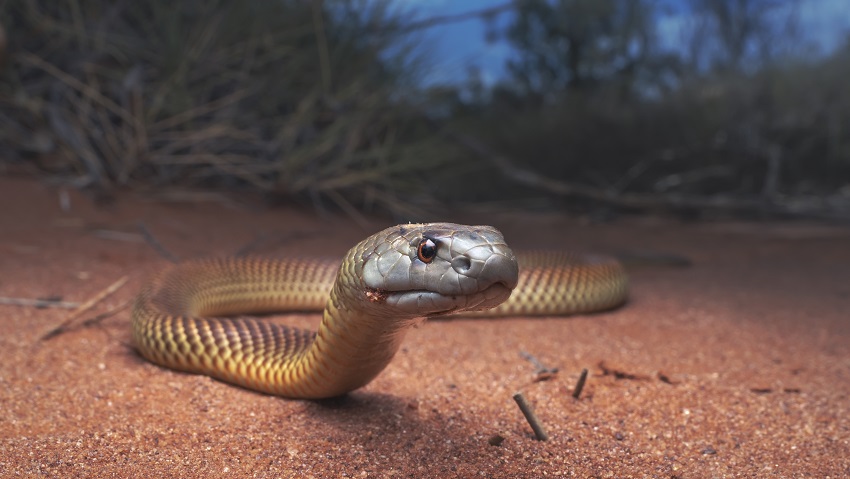Animal Life news stories

Scientists have successfully sequenced the genome of an extinct cave bear using a 360,000-year-old bone—the oldest genome of any organism from a non-permafrost environment.

The most recent reversal of Earth’s magnetic field may have been as recent as 42,000 years ago, according to a new analysis of fossilised tree rings.

Permafrost-preserved teeth, up to 1.6 million years old, identify a new kind of mammoth in Siberia.

Earlier studies have suggested that growing numbers of “big-game” hunting humans in the Americas some 14,000 years ago led to large mammals being wiped out.
Image from: Merikanto (Wiki Commons)

Fungi have been discovered making fake flowers that look and even smell like the real thing, fooling bees and other pollinating insects into visiting them.

A “sungrazed” comet may be responsible for the extinction event around 66 million years ago.

The fish on antidepressants seemed to lose their capability for individuality as a result of their exposure, with variations in behaviour between separate animals diminishing as the dose got stronger.

The inadvertent discovery of sea life on a boulder beneath an Antarctic ice shelf challenges our understanding of how organisms can live in environments far from sunlight, according to a team of biologists.

Birdwatchers get very excited when a ‘rare’ migratory bird makes landfall having been blown off-course and flown beyond its normal range. But these are rare for a reason; most birds that have made the journey before they are able to correct for large displacements and find their final destination.

Researchers say the Australian lungfish, native to the Burnett and Mary Rivers, is the closest living fish relative to humans and other land dwellers.

They’ve long been thought of as smarter than your average animal, but now researchers claim they have taught pigs to use a joystick, suggesting they are even cleverer than previously thought.

Large parts of the Sahara Desert were green thousands of years ago, evidenced by prehistoric engravings in the desert of giraffes, crocodiles and a stone-age cave painting of humans swimming.

Sometime toward the end of the last ice age, a group of humans armed with stone-tipped spears stalked their prey in the bitter cold of northeastern Siberia, tracking bison and woolly mammoths across a vast, grassy landscape.

Simon Fraser University researchers have found evidence that large ambush-predatory worms–some as long as two metres–roamed the ocean floor near Taiwan over 20 million years ago.

The fluttering flight patterns of butterflies have long inspired poets but baffled scientists.

Franz Mesmer might have been on to something when he described animal magnetism as an invisible force possessed by all living things – at least, that seems to be the case with these snakes.








